Understanding Tree and Shrub Pruning Costs
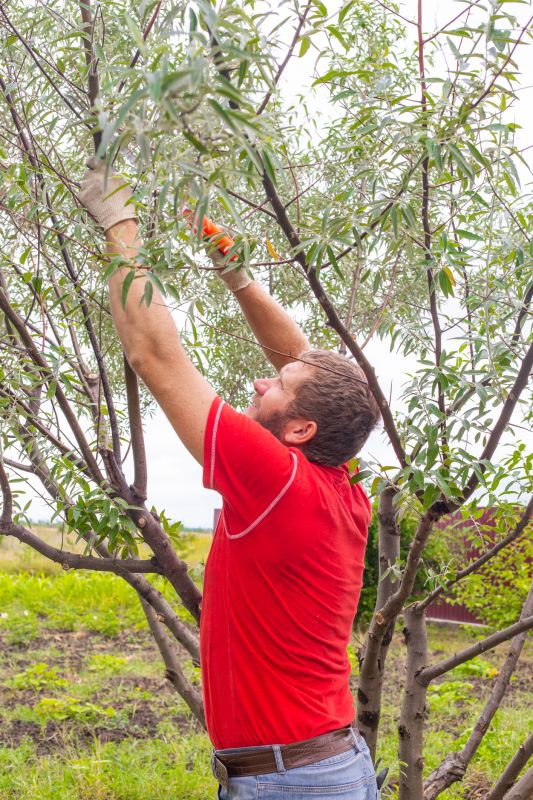
Larger, taller trees typically incur higher pruning costs due to the complexity and equipment required.

The amount of material to be removed directly affects disposal and labor costs.
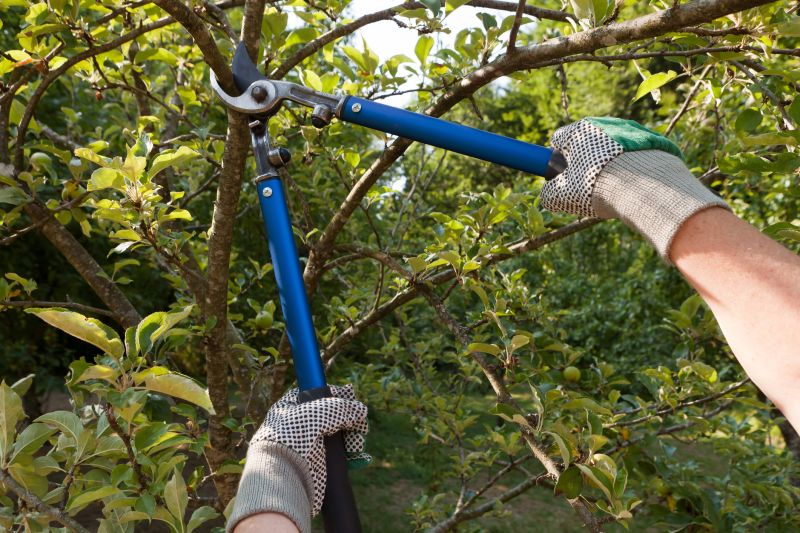
Difficult-to-reach trees or those in tight spaces may increase service time and expense.
| Factor | Impact on Cost |
|---|---|
| Tree Height | Higher trees require specialized equipment, increasing costs |
| Pruning Volume | More material leads to higher disposal and labor charges |
| Accessibility | Limited access areas can prolong service time and raise expenses |
| Tree Species | Some species demand specific pruning techniques, affecting costs |
| Seasonality | Off-season pruning may influence pricing due to scheduling |
The cost of pruning varies significantly based on the characteristics of the trees and shrubs involved. Larger trees with extensive canopies generally require more labor, specialized equipment, and safety measures, which contribute to higher prices. Conversely, smaller, accessible plants tend to be less costly to prune. Proper assessment of these factors ensures accurate budgeting and planning for pruning services.
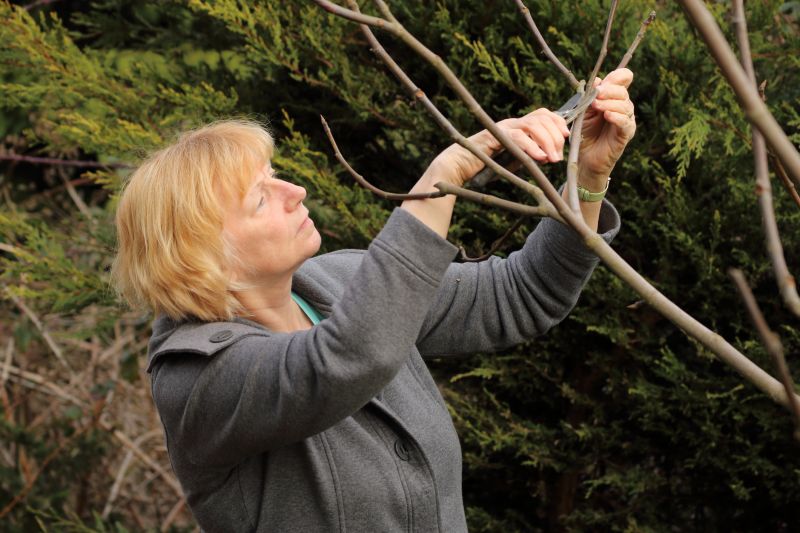
Detailed shaping involves precise cuts, increasing labor and skill requirements.
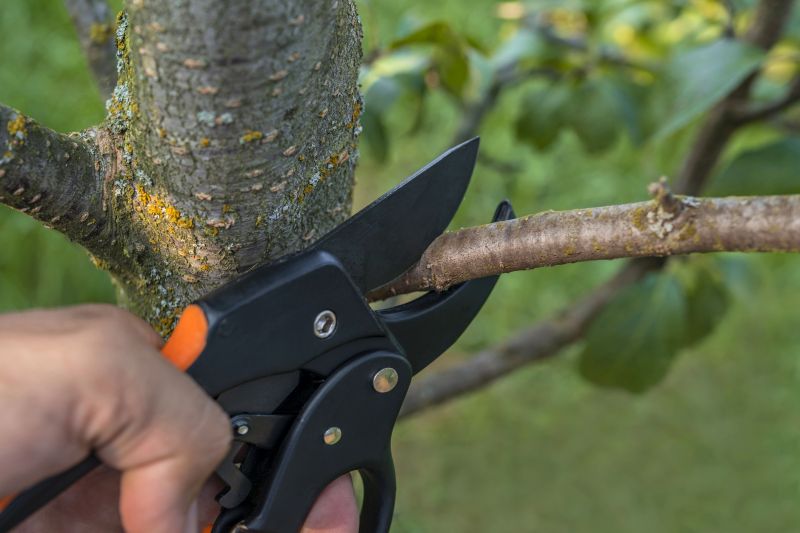
Removing heavy, thick branches demands specialized tools and safety protocols.
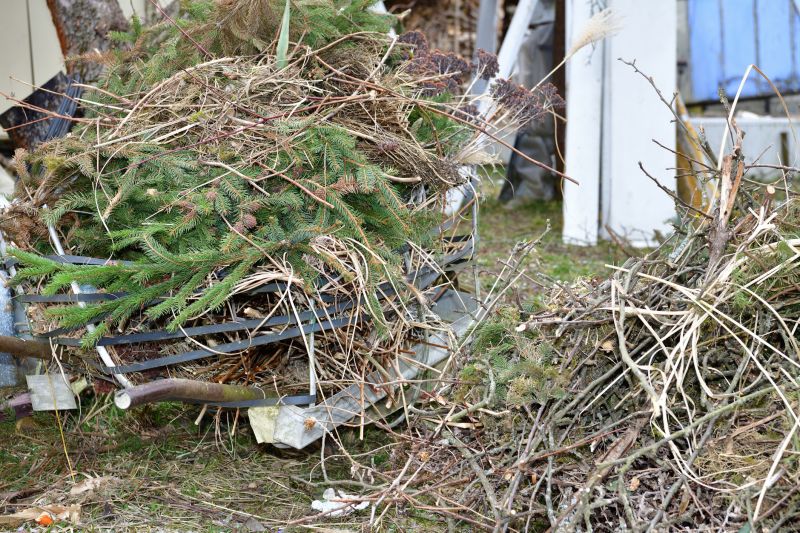
Cost varies based on volume and distance to disposal sites.
| Service | Average Cost Range |
|---|---|
| Small Shrub Pruning | $50 - $150 |
| Medium Tree Pruning | $150 - $400 |
| Large Tree Pruning | $400 - $1,200 |
| Hedge Trimming | $75 - $300 |
| Deadwooding | $100 - $350 |
| Crown Thinning | $200 - $600 |
| Structural Pruning | $300 - $900 |
| Storm Damage Cleanup | $500 - $2,000 |
| Stump Removal | $150 - $500 |
| Dead Branch Removal | $75 - $250 |
